The Fabric of Their Lives: The Albany Institute of History and Art
The Albany Institute of History and Art is home to collections that span our country’s formation, including fine art, decorative art, and historic objects gathered from its founding in 1791. Each item has been carefully selected to support the Museum’s overall vision: collecting and interpreting the art, history, and culture of New York State’s upper Hudson River Valley through four centuries by offering a global perspective and creating physical and virtual experiences for the education, entertainment, and inspiration of people of all ages.
Diane Shewchuk, curator at the Albany Institute of History & Art, has put together highlights of the clothing and accessories collection at the Museum and invites readers to come and explore the history of the Hudson River by viewing these items that reflect the beauty of the area and its residents over time.
To give you an idea of the vast collections housed at the Institute, their website lists the following: “The curatorial collections number more than 35,000 objects and include paintings (1,600); drawings (1,600); prints (4,000); sculpture (600); furniture (500); silver (2,000); pewter, copper, cast iron, and other metals (500); ceramics (1,200); glass (300); clothing and accessories (4,000); textiles (500); and historical artifacts (5,450).
“The Albany Institute’s library collections offer documentation of the social, economic, and cultural history of Albany and the surrounding region and include: photographs (85,000); manuscript collections (1,000 linear feet); maps (300); broadsides and posters (300); and ephemera, rare books, architectural plans, and the archives of the Albany Institute.” (albanyinstitute.org)
At the very start of the Industrial Revolution in the Northeast, textile machinery in the early 1800s mainly consisted of spinning and weaving machines. The building of large factories throughout the area created high demand for cotton from the deep south. Investors in textile manufacturing located them where transporting raw and finished goods could be done efficiently, and where the power to run the factories was easily available.
The Hudson River cities of Troy and Cohoes had the water power to support a large number of textile mills. While New England was known for textiles early on, the largest cotton mill complex in the world was created in the city of Cohoes, New York in the 1870s. Peter Harmony started his company in 1836 along the Erie Canal, using water diverted from Cohoes Falls to power the factories. By the 1870s, Harmony had eighteen knitting mills and six cotton mills running 203,000 spindles. It was Mill No. 3 (locally known as the “Mastodon Mill”)—built from 1866-1872, was 1,185 feet long, five-stories high, and employed 3,100 primarily female employees—that put the Harmony complex on the map. The Albany area grew into a manufacturing center rich in history and culture as rich investors came, built, and reaped benefits.
The vast collection of clothing, accessories, and textiles at the Albany Institute reflects the lifestyles residents in the area over time. Its newest exhibit, The Schuyler Sisters and Their Circle (on view through December 29, 2019), was sparked by the recent upsurge in interest in the Revolutionary War brought out by the musical Hamilton, which prominently features the three eldest Schuyler daughters: Angelica Schuyler Church, Elizabeth Schuyler Hamilton, and Margaret (Peggy) Schuyler Van Rensselaer. According to the Institute, “The exhibition will use clothing, decorative arts, portraits, and manuscripts from the Revolutionary Period to the Federal Period to tell the stories of the Schuyler women. … Twenty-six public and private institutions and individuals have lent their treasures to this exhibition. For the first time, objects associated with the Schuyler sisters will be brought together in their hometown and displayed in the museum’s second-floor galleries.”

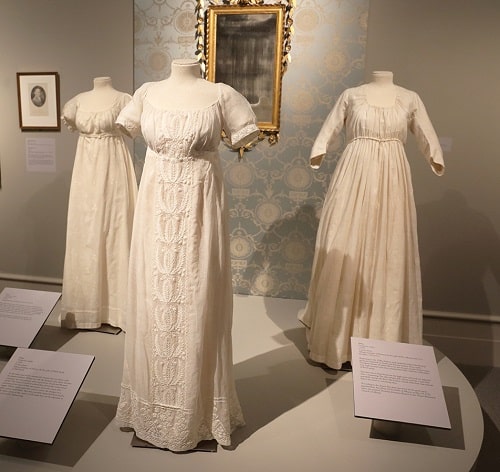
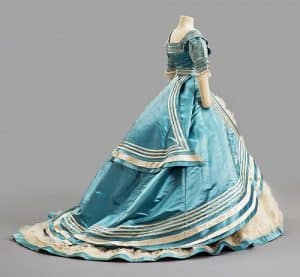

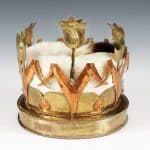
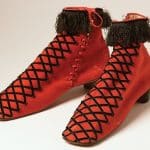



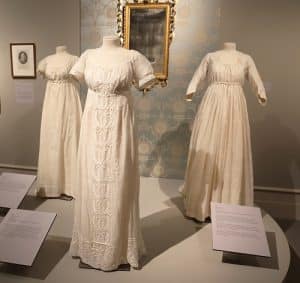



Related posts: